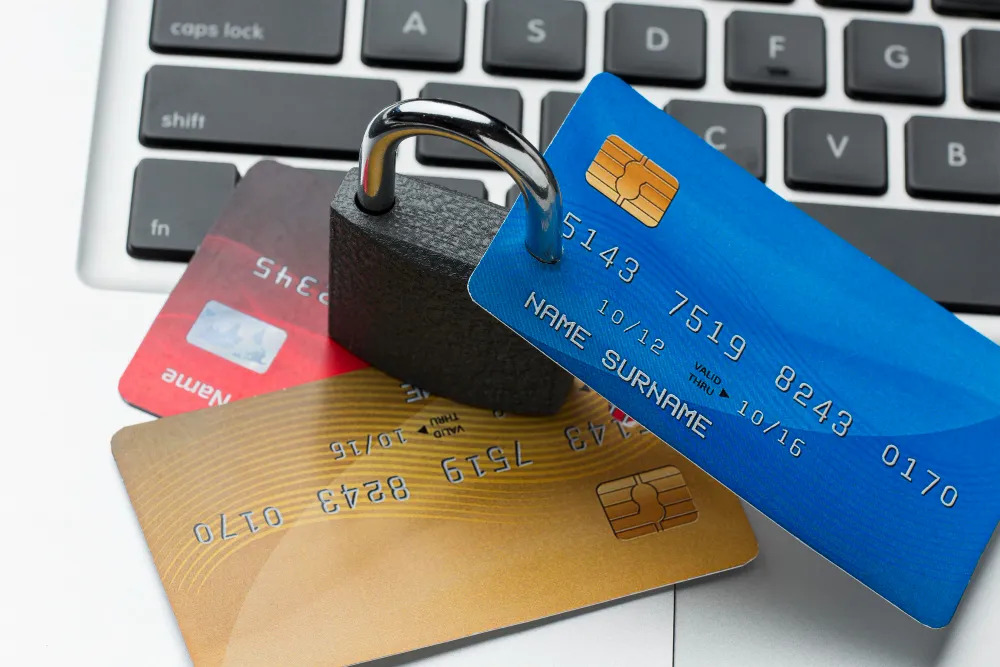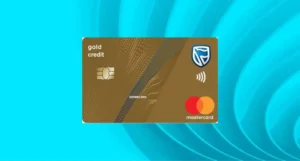Ways to Safeguard Your Credit Card: Pro Advice
Employing a credit card can be fantastic, don’t you think? Yet, it inevitably carries certain risks, particularly from different scams, making it essential to understand how to safeguard yourself.
Credit cards serve as effective payment tools, providing robust security measures. To safeguard your finances and avoid potential issues, it’s important to take proactive precautions and adhere to best security practices.

This article compiles expert advice to help you protect your credit card from fraud, theft, and misuse.
Opt for Virtual Cards When Shopping Online
Online shopping is a hotspot for fraud. To safeguard yourself, consider using virtual cards, which act as temporary versions of your actual card.
Leading card providers offer this capability, allowing you to create a one-time number for each transaction. This way, if the information is compromised, the number cannot be reused.
Turn On Transaction Notifications
Most banks and credit card companies allow you to set up instant notifications for every transaction conducted with your card.
You can opt to receive alerts via SMS, email, or through your banking app for each purchase. This enables you to swiftly recognize suspicious activities and respond before any serious issues arise.
Keep an Eye on Your Statements
Even with transaction alerts active, regularly reviewing your statements is vital. Fraudsters often execute small, unauthorized transactions, banking on them slipping under the radar.
By keeping tabs on your transactions, you can contest any irregular charges and avert financial setbacks.
Be Wary of Public Wi-Fi
Refrain from making online purchases or logging into your bank account while connected to public Wi-Fi, like that in cafes, airports, or hotels.
These networks are susceptible to hacking attempts that could compromise your financial information.
If you must access sensitive data on a public network, consider using a VPN (Virtual Private Network) to secure your connection. Whenever possible, use your mobile data or a reliable and safe Wi-Fi network.
Enable Two-Factor Authentication (2FA)
Whenever feasible, turn on two-factor authentication (2FA) to safeguard your bank accounts and credit card applications.
This security feature introduces an additional layer by requiring a second verification step, like a code sent via SMS or generated by an authentication app.
Opt for Digital Wallet Payments
Platforms such as Apple Pay, Google Pay, and Samsung Pay enhance security by substituting actual card numbers with encrypted tokens.
This ensures that if a retailer suffers a data breach, your actual card details remain protected.
Moreover, these digital wallets utilize biometric authentication like fingerprints or facial recognition, which further minimizes the risk of unauthorized access.
Watch Out for Phishing Scams
Phishing is a prevalent method used by scammers to gather credit card information.
These schemes often involve deceptive emails or messages that impersonate banks or reputable companies, urging you to click on dubious links and provide personal details.
To safeguard yourself, always confirm the sender’s legitimacy and refrain from clicking on unfamiliar links. If uncertain, reach out to your bank directly.
Protect Your Physical Card
While digital security is vital, don’t neglect the safety of your physical credit card. Keep it hidden in public and avoid carrying extra cards in your wallet.
If you misplace your card or think it’s been stolen, quickly lock it using your bank’s app or contact the issuer.
Steer Clear of Suspicious Machines
Scammers frequently attach devices called “skimmers” to ATMs and payment machines to capture your card details. Always inspect the card reader for any signs of tampering before you use it.
Whenever feasible, choose contactless payments to lower your risk. In crowded places or markets, cash can be a safer and more practical option.
Establish Spending Limits and Temporary Locks
Many banks provide options to set daily spending caps or temporarily disable your card using their mobile app.
This feature is handy if you rarely use your card or seek additional security against unauthorized charges.
Caution with Too-Good-to-Be-True Offers
Always check a website’s credibility before making a purchase by looking for security indicators and ensuring the URL is valid.
Steer clear of entering payment information on unfamiliar sites or those that lack HTTPS.
By following these expert suggestions, you can greatly minimize the chances of fraud and enjoy a safer credit card experience.





